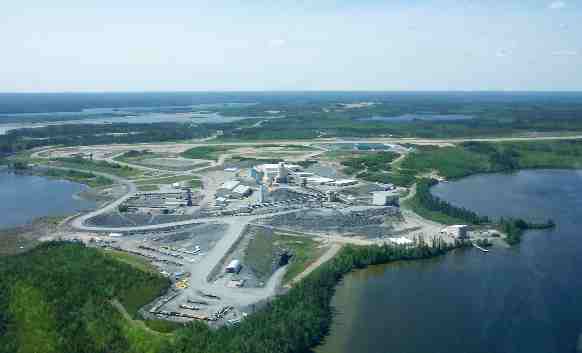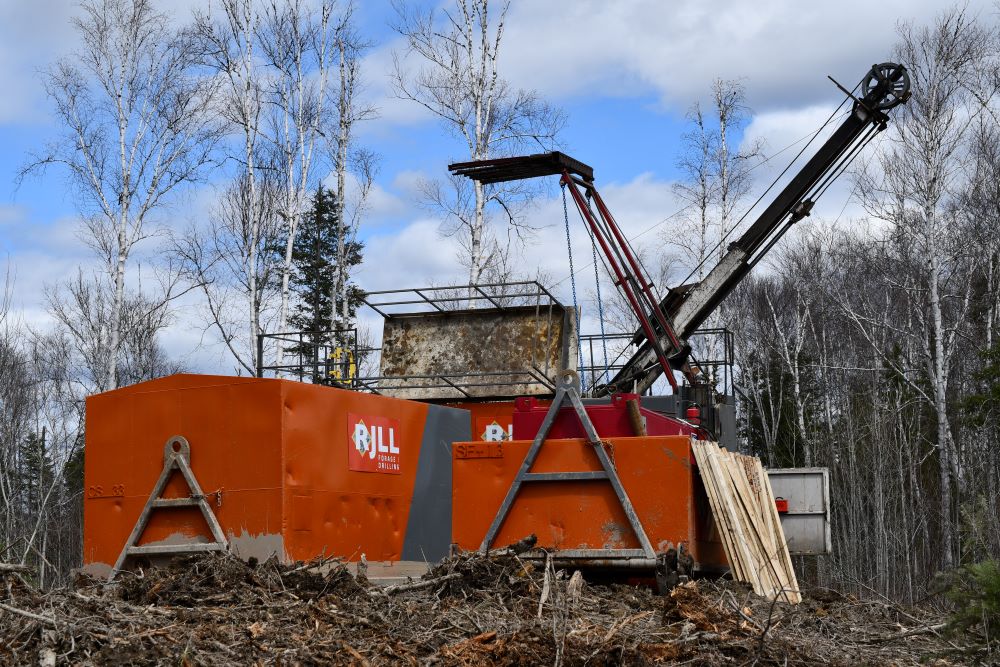Off shore oil producer feels right at home here
When Statoil of Norway bought North American Oil Sands Corporation of Calgary in 2007, hardly a word was said nor a headline written about the takeover, because four years ago, when the deal was made, the oilsands and Canada’s natural resources weren’t the hot political topic they are today.
Certainly the takeover didn’t get the attention that Australia’s BHP Billiton bid for Saskatchewan’s potash did, or when Arcelor Mittal of Luxemburg expressed interest in Baffinland’s iron ore; but nonetheless, the acquisition did have an impact on the oilsands. It brought assurances with it, assurances that the highest levels of technology will be used to extract and process oil in Canada.
Other owners and operators in the oilsands naturally possess these same skills, but Statoil is recognized around the world, including by its peers in Alberta, as one of the world’s leading integrated technology-based companies primarily focused on upstream oil and gas operations.
Since the purchase of NAOSC four years ago and its Leismer SAGD (Steam Assisted Gravity Drainage) facility located near Conklin, approximately 160 km south of Fort McMurray, Statoil has invested heavily in the project and continues to do so through a multi-year development plan that will see bitumen production increase from an initial 20,000 barrels per day in 2012 to more than 200,000 barrels per day by 2020.
The project is also called Kai Kos Dehseh, which in the Chipewyan Dene language means Red Willow River, the name for the Christina River which meanders through the lease site. Statoil currently has interests in 1129 km(2) of oilsands’ leases in the Athabasca region. Using its SAGD system, it will be working from a depth of approximately 430 m, with an average production zone thickness ranging from 15 to 30 m.
Flint Energy Services Ltd. of Calgary was awarded a $50 million construction contract for the Leismer project which involved site construction of the central plant’s mechanical components as well as four wellpads.
The wellpads (A/B/C) consisted of six pairs of Injection/Production wells with the exception of Pad D, which has five pairs. Flint was responsible for all mechanical and civil portions of the work, including cutting and capping of piles through the modules and equipment setting and pipe interconnects and installation.
Flint Fabrication and Modularization Ltd. (FFML) of Sherwood Park, Alta., fabricated all piping required for each pad, and the fitters assembled everything on site.
Mechanical work at the site’s Central Processing Facility (CPF) called for off-mod pipe fabrication, fabrication of structural steel, and installing all modules and vendor equipment.
Safety is always a big factor on any oilsands project, or on any project for that matter, but in the case of Leismer project, Bill Lingard, President and Chief Executive Officer of Flint said: “It was paramount because safety has been a driving factor to success for both Flint and Statoil.”
Lingard says that Behaviour Based Observation (BBO) counts and quality of Task Hazard Assessments (THAs) has been exceptional throughout construction and continues to reflect on the dedication of the project’s Safety Management System.
A Core Safety Audit revealed a safety record of 99% and other safety statistics show: average attest score of 96.9% since the project started; highest attest score obtained 98.8%; total recordable injury frequency rate (TRIF): 0.62; BBO count: average 8.2 per worker/month; and HID/Near Miss: average count per month: 12. BBO counts are important because each card represents a conversation between two parties focused on safety. Observing and communicating safe and at-risk behaviours as partners in our workforce allows us to increase the odds of success and lower risk to ourselves and those we work with.
With safety statistics like these, it’s no wonder that Statoil and Flint are welcome participants in the continuing development of Canada’s oilsands.
As mentioned at the outset, Statoil has the credentials to successfully handle a job like the Leismer project because it is one of the world’s largest crude oil and gas suppliers, and employs about 29,500 people in 40 countries who are available to technologically support a project of this nature.





Comments